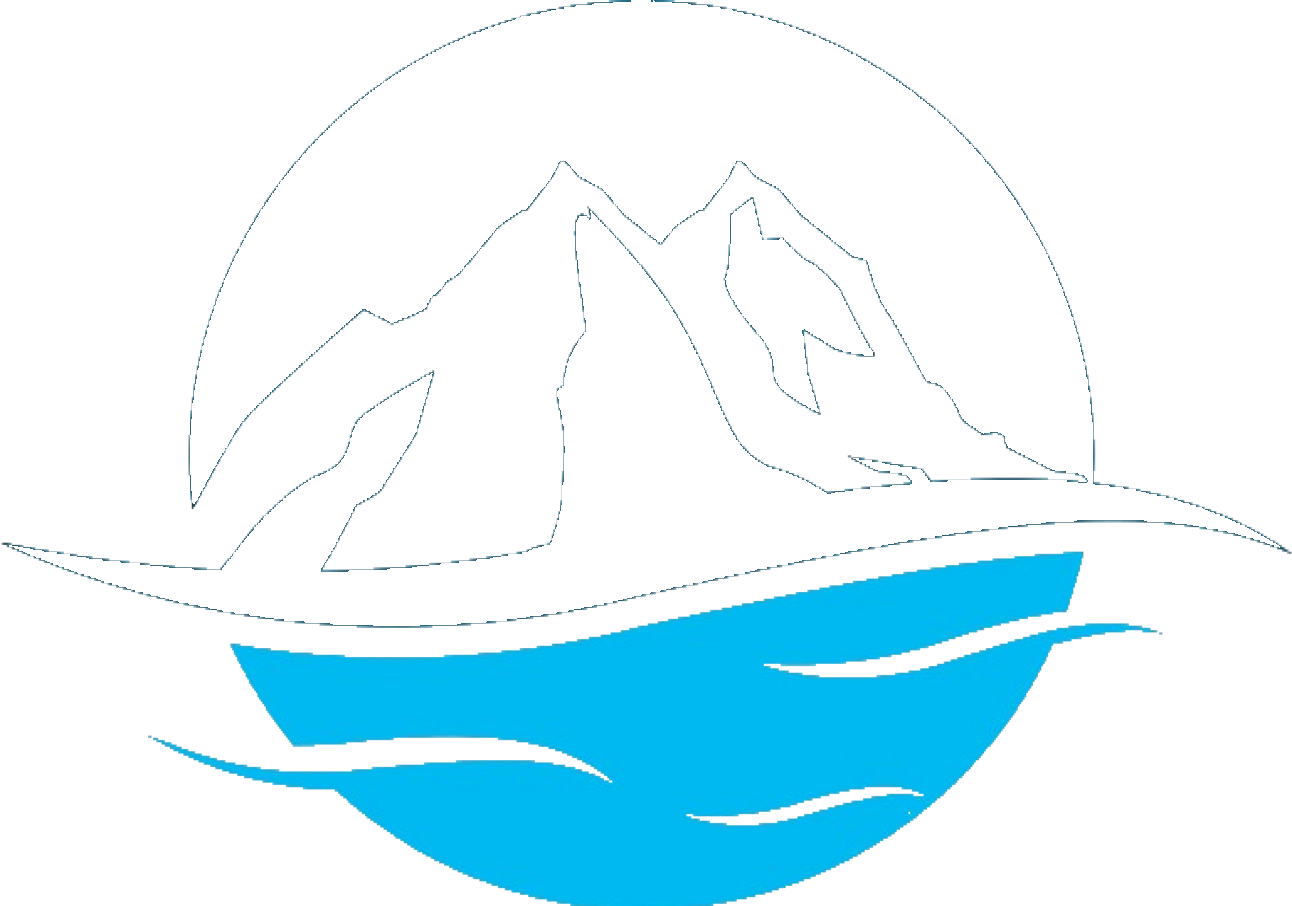 SNOFLO
SNOFLO- Login
- Climate ►
- Recreation ►
- Tools ►
As of the latest observations on April 10, 2025, several of Arizona's major dams and reservoirs are experiencing abnormal conditions. Lake Powell at Glen Canyon Dam, a critical water source, is showing significantly lower water surface elevation than average, at 3561 feet compared to the typical 3570.83 feet. Similarly, Blue Ridge Reservoir near Pine is reporting a gage height of just 44 feet against a historical average of 71.43 feet. In contrast, Lake Mohave at Davis Dam and Lake Havasu have gage heights and storage levels above their averages. Notably, the San Carlos Reservoir at Coolidge Dam is storing considerably more water than usual, with current storage at 136,700 acre-feet, surpassing the average of 116,797.05 acre-feet. Horseshoe Reservoir is also higher than average at a gage height of 107 feet compared to the 81.49-foot norm. However, Bartlett Reservoir at Bartlett Dam is somewhat below its average gage height of 175.1 feet with a current level of 157 feet.
The abnormal conditions can be linked to a spectrum of factors including record-breaking heat, as reported by KGUN 9, potentially reducing snowpack and river flows that feed into these reservoirs. Moreover, concerns have been raised regarding water consumption, such as the extensive use of water for non-essential purposes like maintaining non-functional grass, which Arizona's water director has argued against. The variations in storage and gage heights may also be influenced by regional water management decisions and policies, including those addressing water resource strain caused by data centers, as highlighted by ShiaWaves. The current state of reservoirs like Lake Powell suggests that even after three decent winters, as reported by The Salt Lake Tribune, the accumulation has not been enough to offset the deficit from prolonged drought conditions exacerbated by climate change and high water demand. The situation underscores the ongoing challenges of water resource management in a state grappling with the realities of arid conditions and heightened water scarcity risks.